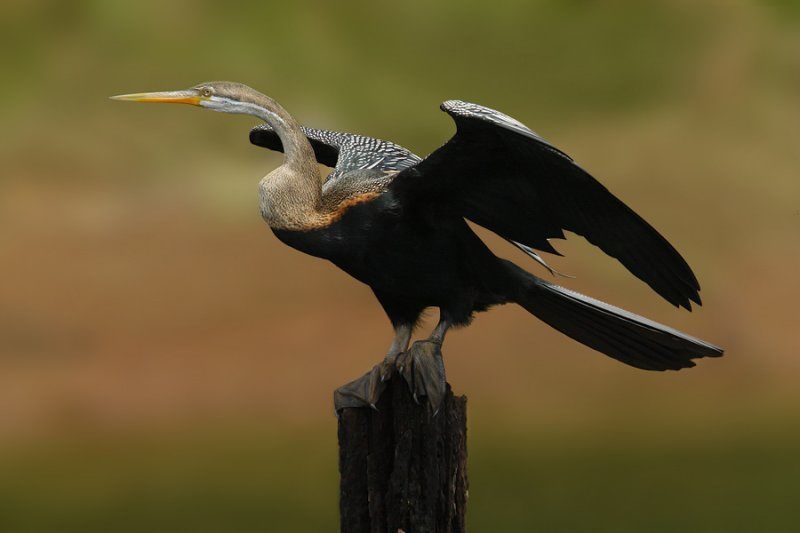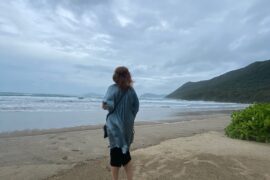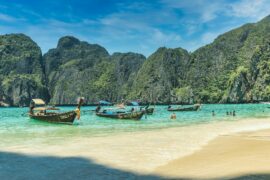Our good friends at the BBC are doing a tremendous job of promoting the joys of Cambodia at present. Shortly after the conclusion of the excellent Jungle Atlantis mini-series which traced the rise and fall of the great Angkorian Empire, the country’s natural wonders are under the spotlight in the 5-part Wonders of the Monsoon series.
Episode two featured the remarkable watery world of Tonle Sap Cambodia, Southeast Asia’s greatest lake, which is located in the heart of Cambodia within easy reach of Siem Reap and the temples of Angkor. During the monsoon the waters of the Sap River, which joins the Mekong at Phnom Penh, reverse their flow under the tremendous pressure of water coming downstream, and Tonle Sap swells to an enormous scale. At peak water the lake is more than six times its average dry season size, engulfing fields and forests in a remarkable annual cycle.
The people living on and around Tonle Sap who make a living from its tremendous abundance have adapted to this watery rhythm by flood-proofing their habitations by one method or another. Many homes are built to float; rising and falling with the seasons. Others are constructed on teetering bamboo stilts, lifting them above even the highest of flood waters, but leaving them appearing precariously balanced during the low water from January through to May each year.
Visitors to Cambodia can explore Tonle Sap easily from Siem Reap, taking boats out onto the lake to appreciate this unique way of life. For those of an ornithological persuasion the lake’s rich birdlife can also be admired at the Prek Toal Bird Sanctuary. Inhabitants at the sanctuary include Greater and Lesser Adjuncts, Black-headed Ibis, Painted Stork, Milky Stork, Spot-billed Pelican, Grey-Headed Fish Eagle, in addition to the cormorants and the marvellous snakebirds which featured in the Wonders of the Monsoon.
To include a visit to Tonle Sap in your Cambodian adventure chat to one of our experts on 0117 244 3370.



